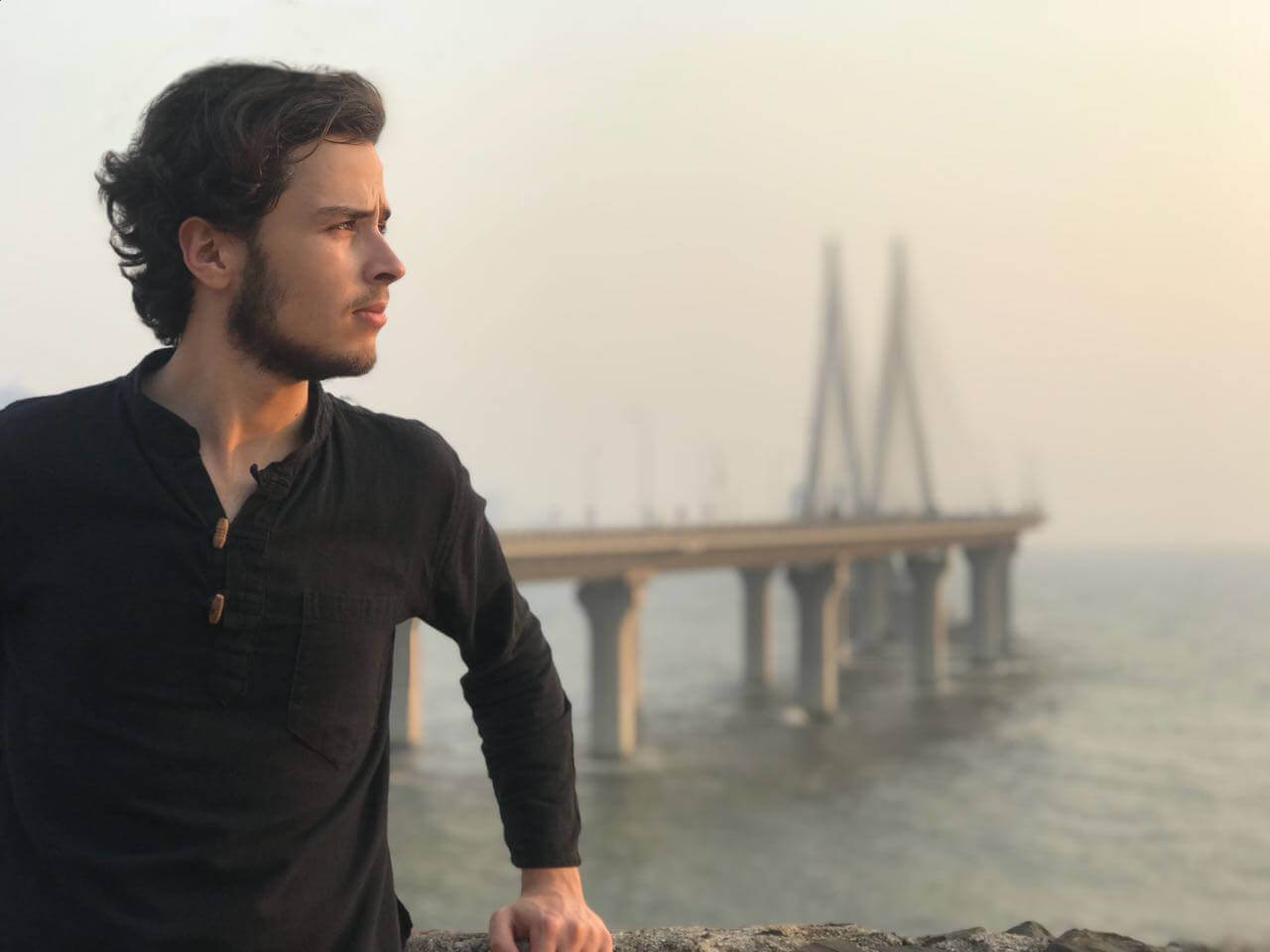Growing up in Lebanon, I had the chance to experience a variety of urban spaces. Hailing from a small mountain village, space meant intimacy and virtue; while frequenting Beirut city as a teenager, space meant protest and expression. Lebanese people often joke that one street in Beirut could be on military lockdown while the neighboring one could be hosting a rave. Experiencing these disparities fueled a desire in me to learn more about people in the built environment. Studying architecture and dedicating my career for urban design and planning are means for me to help achieve spatial justice and social equity. Joining the Shelter Program is my way of stitching back the disparities on the streets of Beirut.
Beirut Port explosion
On August 4, 2020, one of the biggest non-nuclear explosions in history rocked the city of Beirut, Lebanon. The explosion claimed the lives of 210 victims, left 7500 individuals injured and caused an estimated US$10 billion in damages as well as displacing approximately 300,000 individuals. Damages to the infrastructure, housing and communal spaces are not only expensive to repair– and in certain cases rebuild– but also put the impacted areas at risk of losing the cultural, heritage and patrimonial significance. The neighborhoods of Gemmayzeh, Rmeil and Mar Mikhael are the most impacted being in close proximity to the blast requiring dire attention.
Despite the devastating impacts of the explosion, Beirut’s communal spaces and water infrastructure problems are not new or temporary. The city regularly faces the consequences of poor water infrastructure and amenities management. In fact, Beirut’s green space is estimated to be 0.8 sqm per capita– whereas the recommended average by the World Health Organization is 9 sqm per capita.
In response to these challenges, UN-Habitat Lebanon requested Shelter for support. A group of seven colleagues from Arcadis and CallisonRTKL have joined forces to develop Water Sensitive Urban Design (WSUD) guidelines with focus on inclusive, safe, and quality communal spaces.

In the aftermath of the explosion, I reached out to Bert Smolders, Shelter Program manager, and Luuk Buitendijk, Shelter Program associate manager, to see whether there’s an opportunity for a response mission– only to find out that communication with UN-Habitat Lebanon had already started. Encouraged and supported by my colleagues and leadership at CallisonRTKL, I virtually joined a shortlisted multidisciplinary team of seven highly motivated and fun colleagues from Arcadis Germany, Netherlands, India, Scotland and the United Kingdom. Few icebreakers later, we all got to know each other better and realized we have a lot in common which proved to be key to our collaboration.
Afterward, we met virtually with the UN-Habitat Lebanon Programme where we defined the focus area, project objectives and scope as well as the guideline deliverables. Seeing my favorite neighborhoods in despair is heartbreaking but knowing that I can make a difference is life changing. This reason is why I will forever cherish this mission.

Build Beirut Back Better
Equipped with this slogan, the Shelter team in coordination with Lebanon’s UN-Habitat team: set out to tackle the various challenges related to climate change and lack of quality communal spaces. Carried out in the backdrop of UN SDG6 and SDG11, the proposed guidelines include 7 idea sparks– a socio-economic framework for implementation, cost, and time estimates.
As a result of several brainstorming and ideas refinement sessions, a series of spark ideas stemming from the local context were then consolidated under a comprehensive framework. ‘Rmeil Green Line’ is a 2km stretch of interconnected communal spaces along the main streets within our focus area, aiming at encouraging social interaction, enhancing environmental performance, and improving urban mobility.


In conversation with the team, we discussed Beirut the macro scale down to the micro. Prior to establishing the focus area, each of the team members sporadically came up with ideas inspired by their experience and expertise– which we later refined and collated to form Rmeil’s Green Line. I thoroughly enjoyed this cross-pollination of ideas as it enriched the design and development process. Even more so, I enjoyed the informal conversations and stories drawing from our multicultural backgrounds which I believe reflected positively on the spirit of the team in specific and on the project outcome as a whole.

Hope from the ashes
Phase 1 of the project is approaching its end after carrying out a workshop with local authorities, institutional stakeholders, and various UN representatives who welcomed and underscored the importance of the initiative and its objectives. Additional meetings and workshops are expected to take place to encourage participatory design and gather local know-how once the pandemic situation allows it. As the project moves to the next phases, securing funding will be crucial in order to bring to reality the idea sparks and consequently promoting sustainable, safe, inclusive and equitable communal spaces.

In Beirut, resilience is not a headline– it is a lived reality. Remarkably, though, I feel as if I am taking more lessons from the city than by providing it with ‘solutions’. This is also true thanks to the team—which constantly pushed me to learn and overcome challenges. My experience throughout the past year has been eye opening. On a professional level, I managed to upskill, transfer knowledge across disciplines as well as between my involvement with Shelter and my commitment to CallisonRTKL’s Planning & Urban Design team while dedicating my expertise towards a good cause. On a personal level, I have met colleagues who quickly became friends and regained hope for a better future to my beloved city, Beirut. The Shelter Program is a melting pot where expertise, culture, and a passion to pay it forward is unprecedented– and I am proud to be part of it.

 Omar Abou Nader
Omar Abou Nader